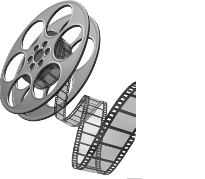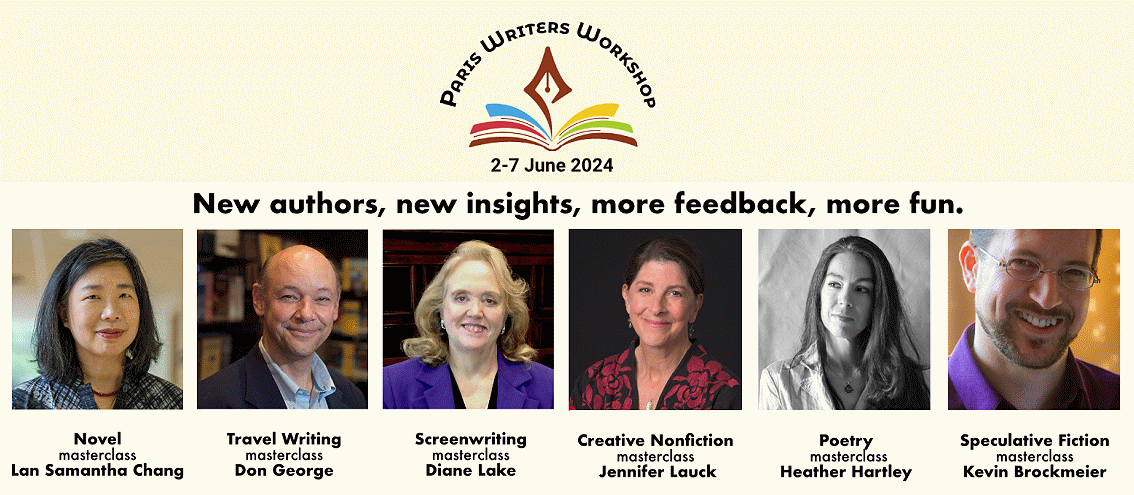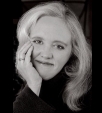
From Idea to Script to Sale





Before I get to today’s blog…
Thinking about doing more with your writing? Why not join me in Paris June 2-7 for my Masterclass in Screenwriting? Come be part of a dynamic community of writers and literary agents to learn, to write, to network, to energize your literary goals—and just to have fun in the City of Light!
The Paris Writers Workshop is the longest running literary program of its kind. This program offers 6 masterclasses by renowned authors, each a specialist in their field—and I’ll be teaching the Screenwriting Masterclass—in English, of course.
The workshop will be held at Columbia University’s beautiful Reid Hall campus in the heart of literary Paris—Montparnasse.
Registration is now open: https://wice-paris.org/paris-writers- workshop
We’ll have a great time getting your story ideas off the ground!!

A Hollywood Story – 13
Wow. I can’t believe we’ve come to our final look at films about Hollywood as you prepare to write your own Hollywood Story.
And the last film I’m going to talk about is one I’ve mentioned before in these blogs— The Player [1992] by Michael Tolkin. For me, this is the quintessential Hollywood film. It has it all.
It’s a thriller, a romance, and it’s got both comedy and drama. All wrapped up into a searing portrait of Hollywood and the film business. In the British Academy Awards it won for both its writer, Tolkin, and its director, Robert Altman. Both were nominated for Oscars but didn’t win—my guess?—the searing portrait was too close to home for many in the Academy.
The Player tells the story of a studio executive, Griffin Mill, who is getting these postcards from a disgruntled writer. At the same time, Mill is on thin ice at his studio because one of his rivals at another studio, Larry Levy, is going to be his newest colleague—and, thereby, his newest competitor for promotion. As the postcard writer is threatening to kill him, Mill feels like he’s got to track down the guy and make nice so that there’s no drama that anyone can give him a hard time about or he’ll be out at the studio.
He tracks down the guy and ends up killing him in an impulsive fight. He flees the scene but is scared to death that someone is going to find out he’s the guy’s killer. And guess what? He finds out he’s killed the wrong guy—the postcard writer is still out to get him.
There are so many wonderful things about this film. Studio execs sitting around a table trying to come up with ways to tell stories without writers—one suggests just taking them from the newspaper and the stories will write themselves. Mill responds that it’s an interesting thought to remove the writer from the creative process of moviemaking—and he’s being facetious, so we like him for that.
But he’s a killer—how can we like him for that?
And he dumped Bonnie, his erstwhile and caring girlfriend who is always trying to do better films, and starts dating the dead writer’s girlfriend—how can we like him for that?
And he has no morals… but he gets to have a happy ending? How can we like THAT?
Well, we LOVE that. Because it doesn’t fall into the stereotypical plot where the bad guy gets his just desserts. Oh no. This bad guy gets everything he wants. He uses Hollywood to do so and runs over people—like poor Bonnie—in the process.
We hate him—but we’re mesmerized to watch him manipulate his world.
Hollywood—a world that is all about manipulating us moviegoers into liking its wares—gets manipulated by a master… letting us see what we all knew, that Hollywood is a horrible place and we moviegoers are lucky to be living our NORMAL lives where you can recognize good and bad when you see it!
The Player has a delicious complexity to it—while it surprises and angers and makes us laugh. And that’s what you want to do with your Hollywood Story—have it be MORE than one thing, have the characters NOT be stereotypes, have the plot be surprising, and have it be absolutely riveting.
This isn’t chemistry here, you can’t add this element and that element and voila—produce the perfect movie compound. There is SO much more involved… so good luck out there and have fun creating a new Hollywood Story, one we haven’t seen before, one that is quintessentially you.
Copyright © Diane Lake
02Jun19